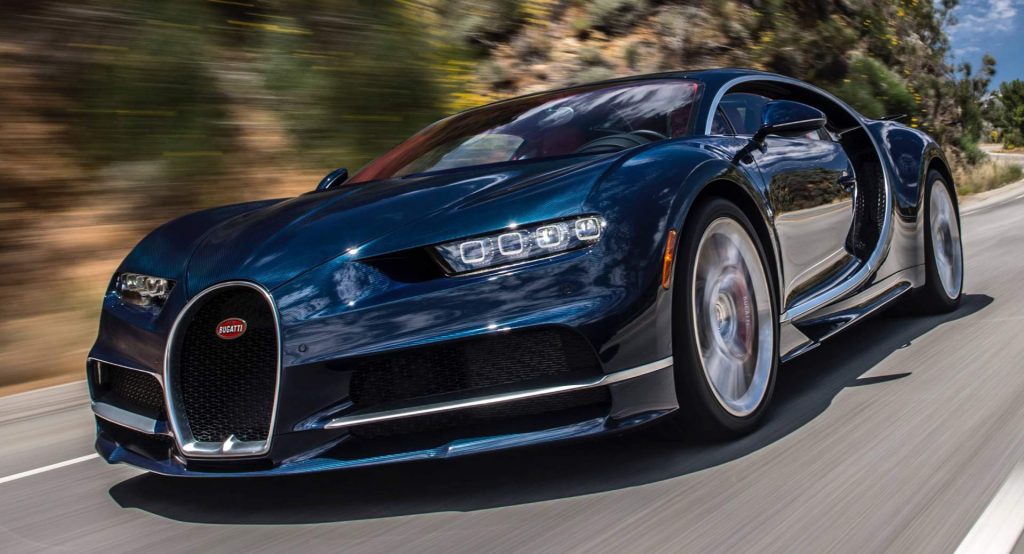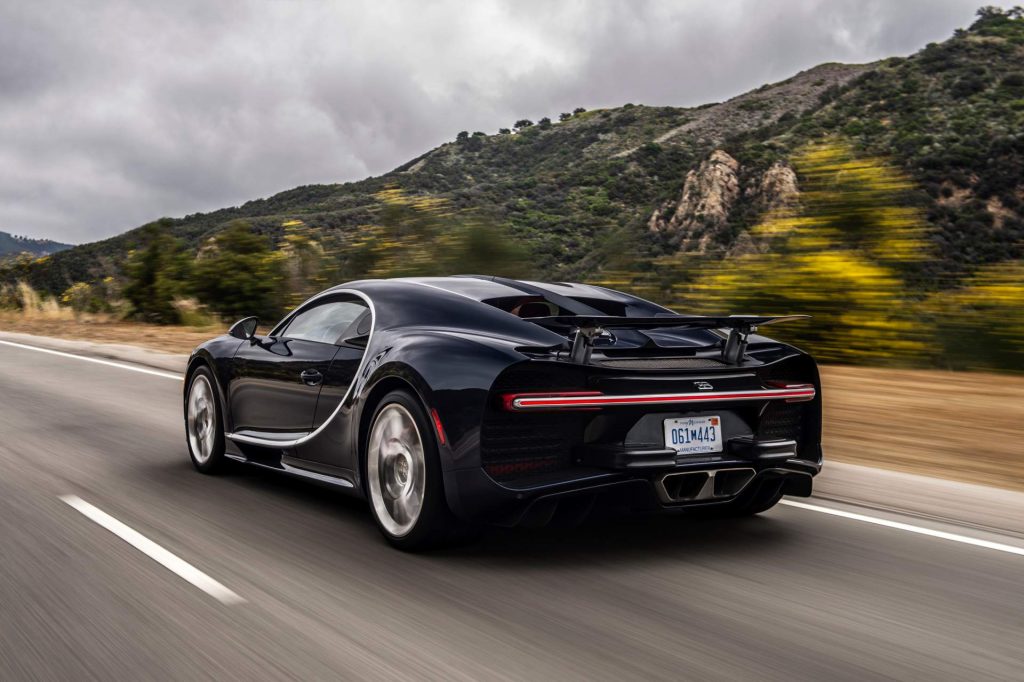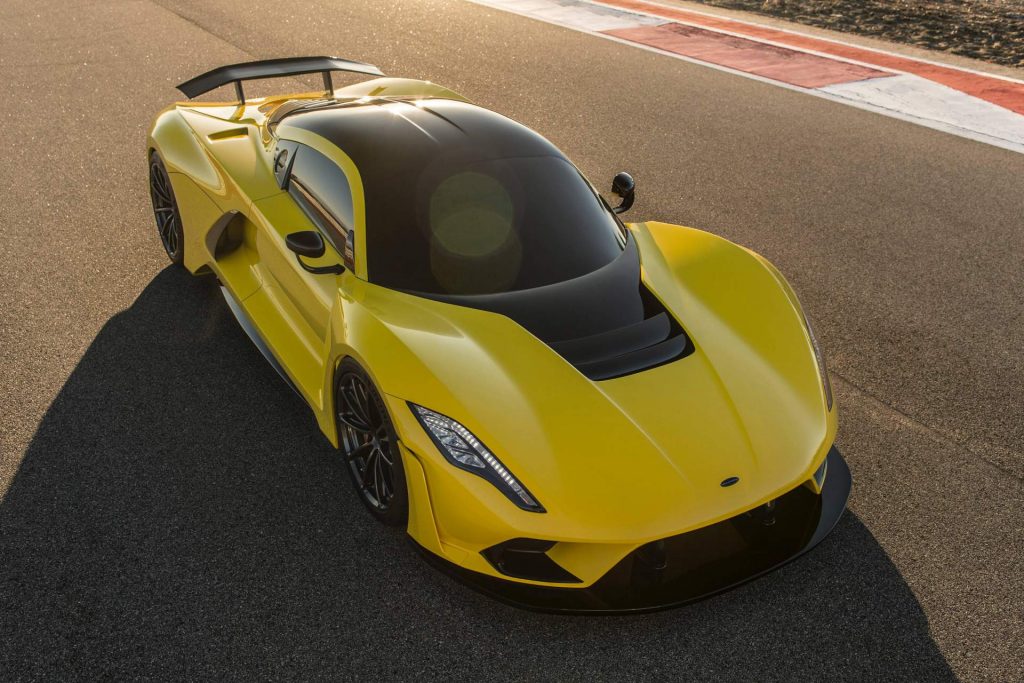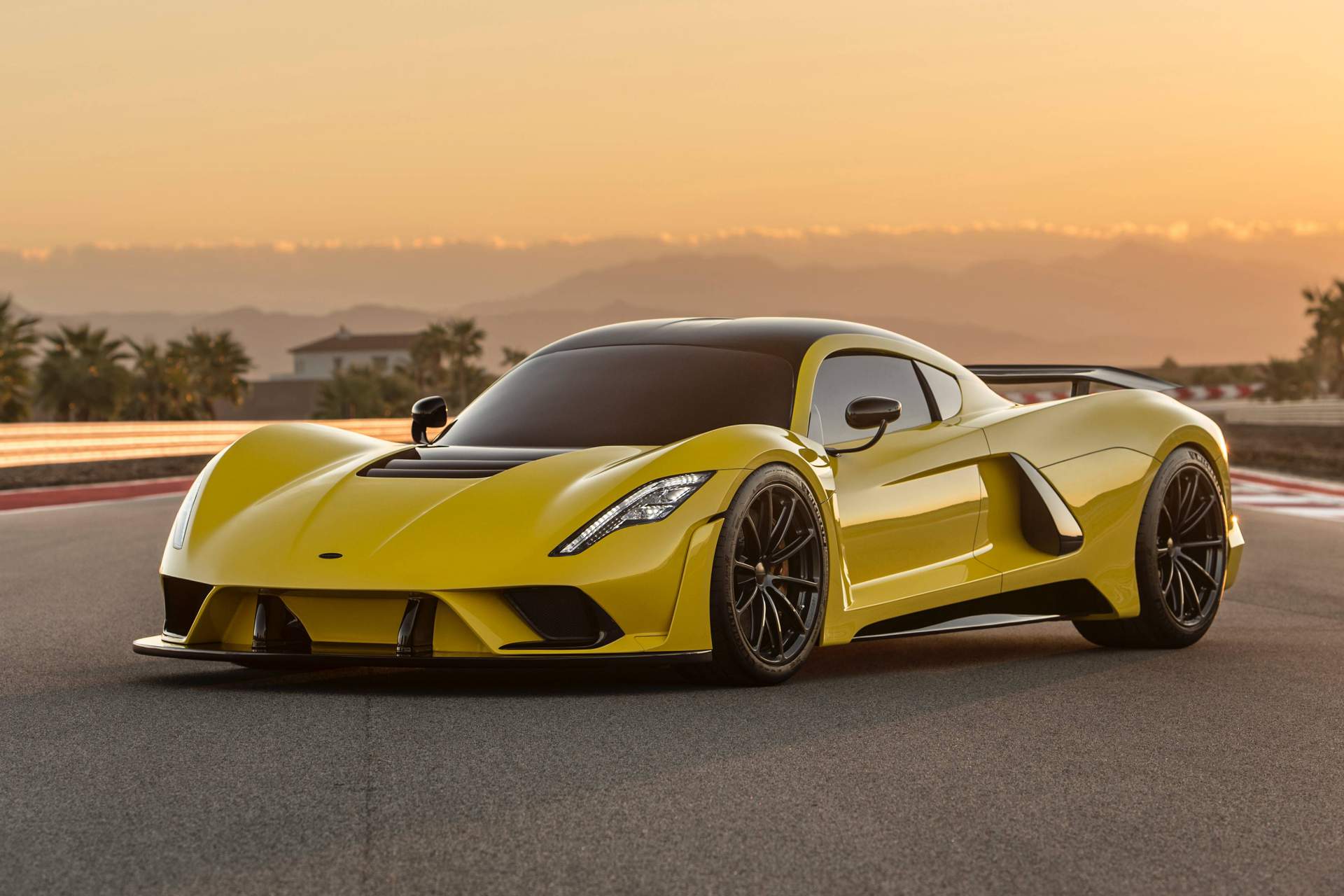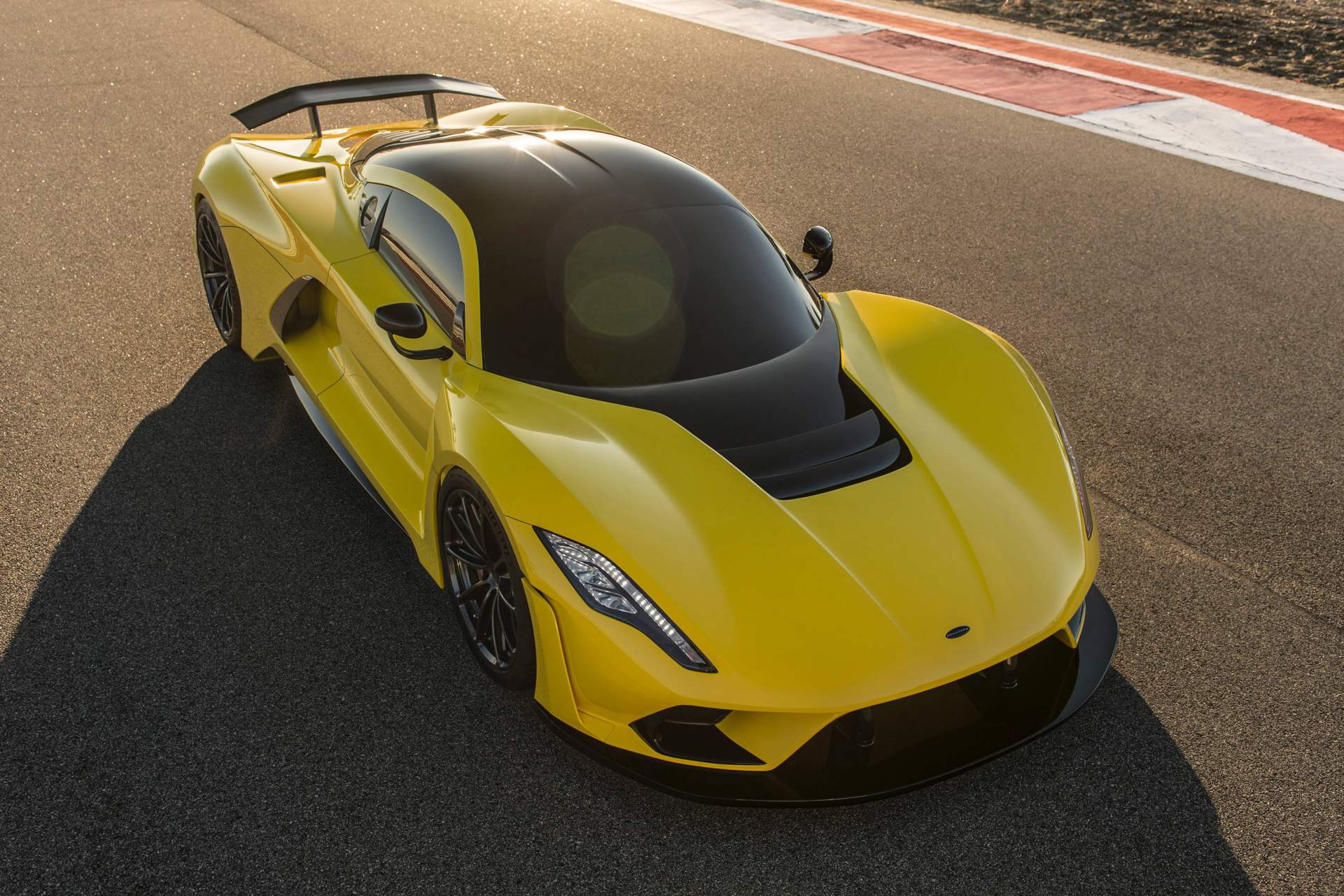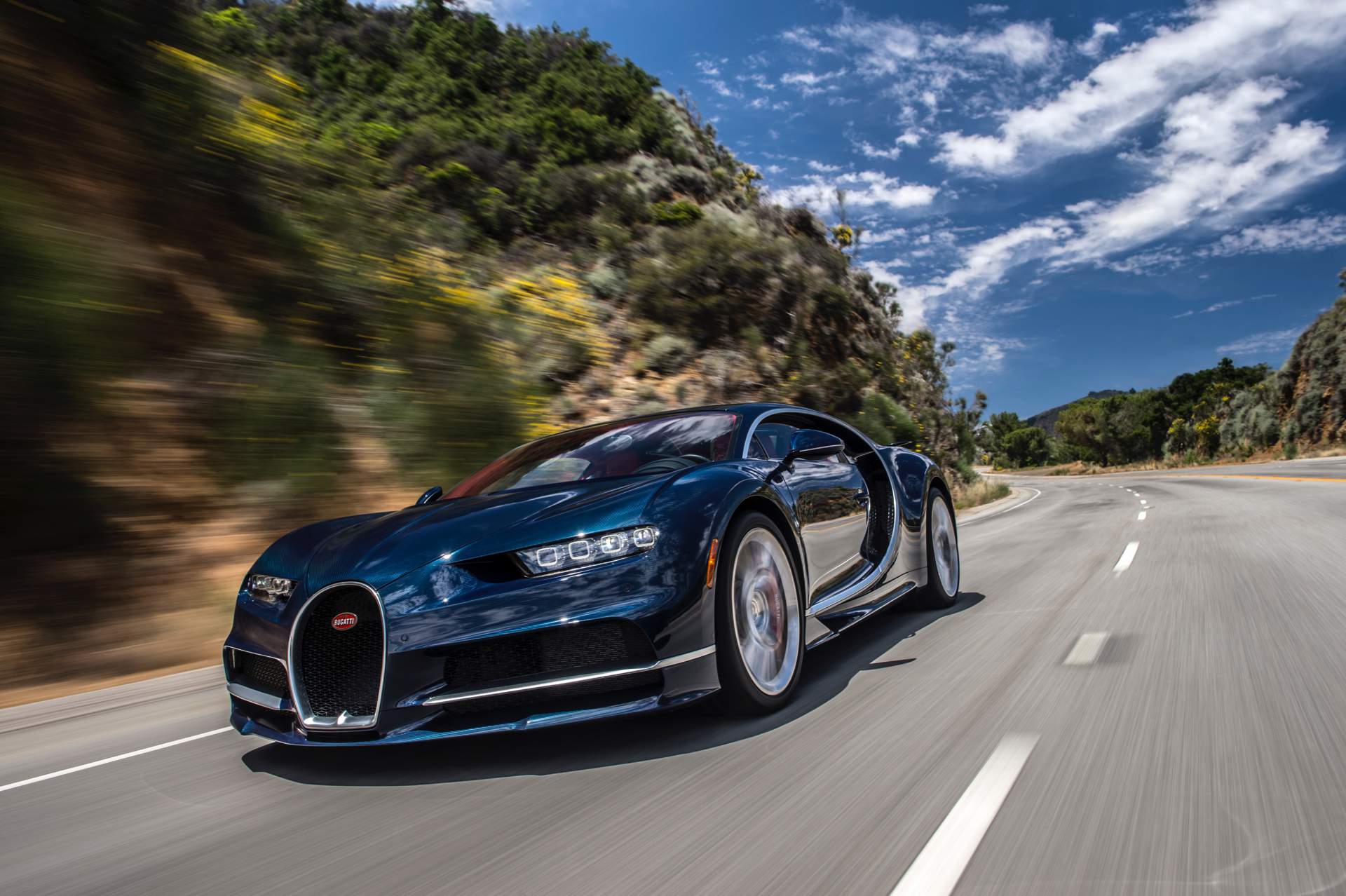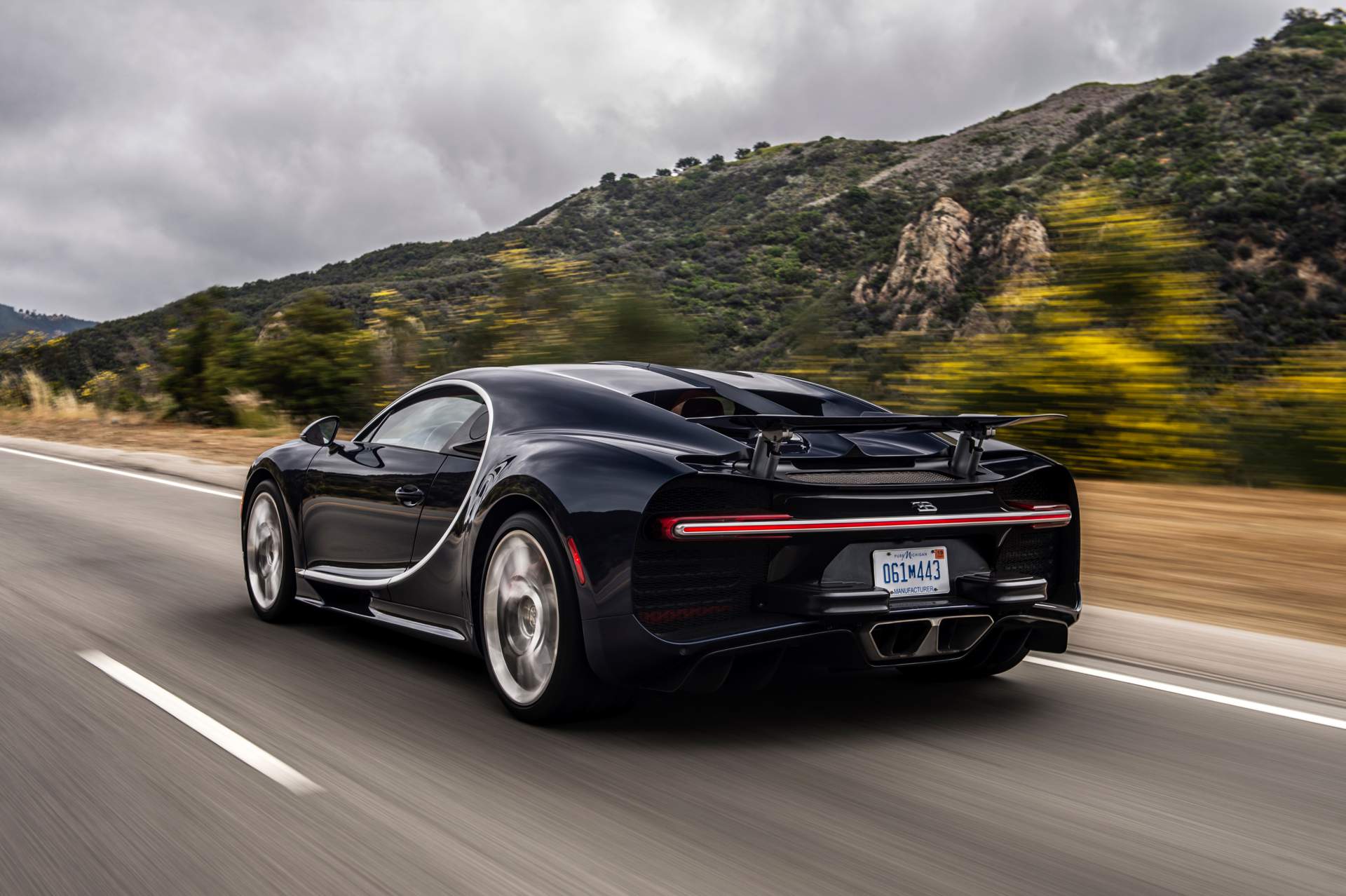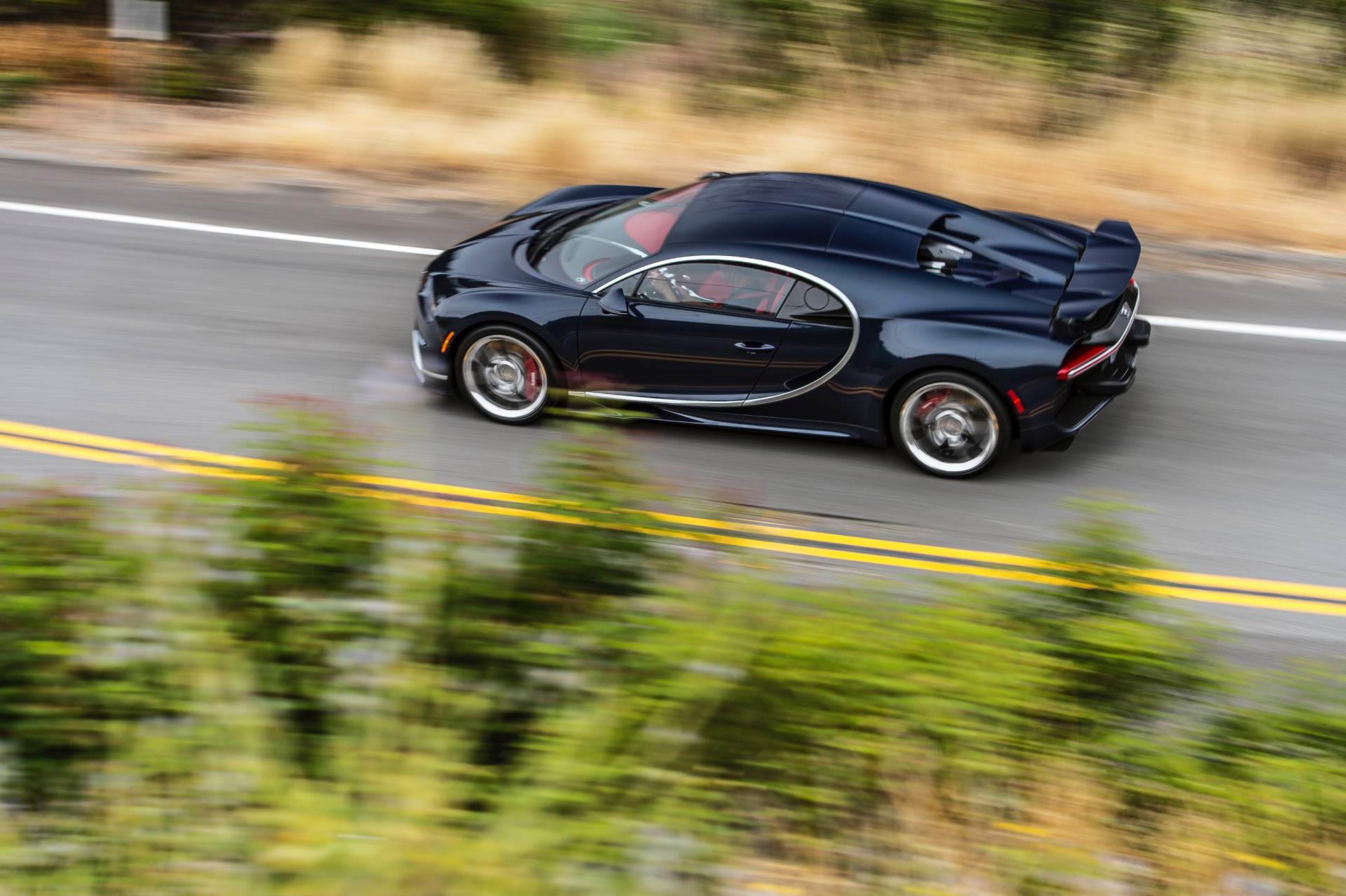Hennessey has been battling Bugatti and Koenigsegg for quite a while now for the title of the world’s fastest production car.
Bugatti took the record when the Veyron Super Sport reached 267.8 mph (430.9 km/h) in 2010. Hennessey replied in 2014 with the Venom GT and its 270.49 mph (435.31 km/h) run. Finally, in 2017 the Koenigsegg Agera RS set the current record of 277.9 mph (447.2 km/h).
Interestingly, Bugatti hasn’t attempted to set a new top-speed record since the launch of the 1,480-hp Chiron. What’s more, the VW-owned brand hasn’t even tried to beat the Veyron’s time. The company’s CEO Stephan Winkelmann said the new hypercar couldn’t reach 300 mph (483 km/h) since no tire could handle that speed. Later on, the executive said he simply wasn’t interested in the Chiron’s top speed.
John Hennessey, the CEO of Hennessey Performance Engineering, however, doesn’t buy that: “Bugatti’s sandbaggin’,” he told Motor Authority. He thinks the Chiron can probably reach 280-285 mph (450-458 km/h) and expects Bugatti to make a record attempt, most likely with a dedicated top-speed model.
In his opinion, the competition for the 300-mph race will make all the cars better- and we couldn’t agree more. Remember, we’re talking about a man whose ambition is to give the world a 300-mph (483-km/h) hypercar, the 1,600-hp Hennessey Venom F5.
Interestingly, he also believes we’re past the time when 0-60 mph (0-96 km/h) were relevant for high-performance cars.
“How many cars, most of them electric, can go 0-60 in under three seconds now? What’s the big deal?”
What matters more for the boss of the Texas-based company is what a hypercar does from 60 to 260 mph (96-418 km/h). That’s not to say the Venom F5 won’t sprint like a bat out of hell from 0 to 60 mph. Hennessey estimates the hypercar will be able to cover that sprint in less than two seconds – and it will do that without electric motors or direct drive but with lots of traction.







